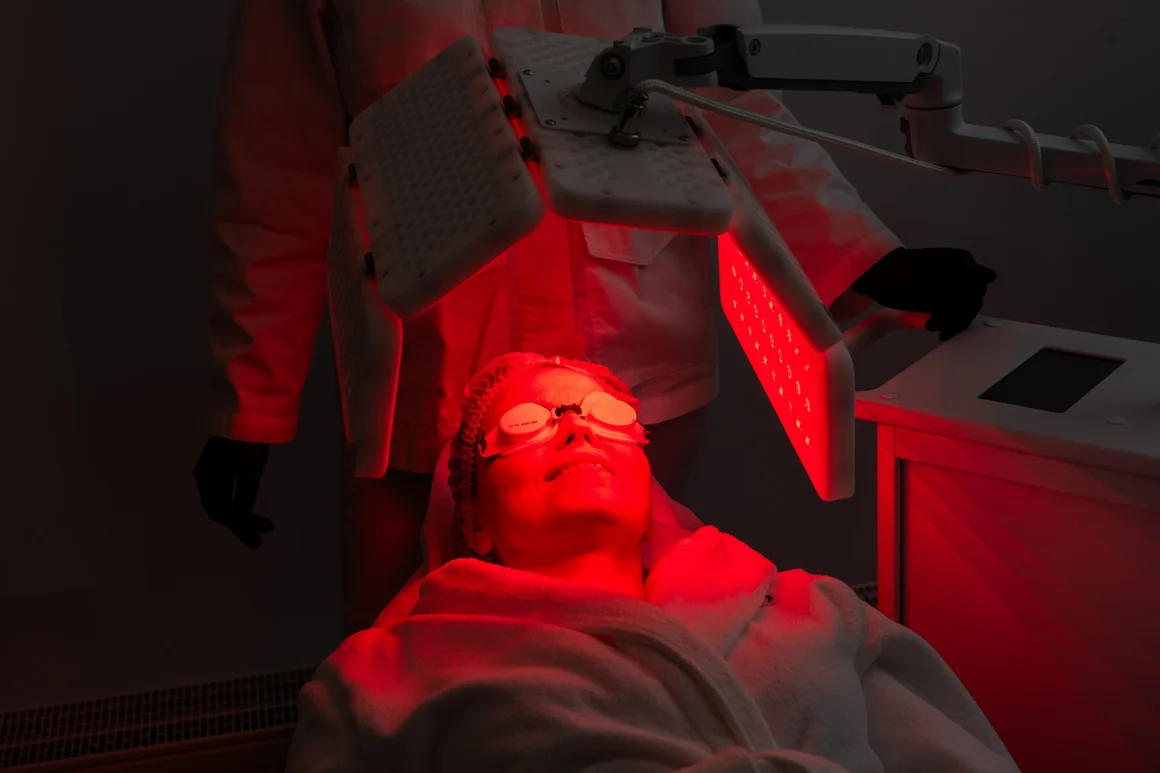And why fixing your neurochemistry might be the most important thing you do this year
If you’ve been telling yourself that you’re lazy, unmotivated, or just getting older and losing your edge, it’s time to stop. The truth is far more interesting and, thankfully, far more fixable than you think. You’re not lazy—you’re just under rewarded. Your brain’s reward system has been hijacked, depleted, and left running empty. But here’s the good news: once you understand what’s really happening in your head, you can fix it.
The Real Problem: It’s Neurochemical, Not Mental
Let’s get one thing straight from the start. Motivation isn’t a mindset issue—it’s a neurochemical one. For most people, especially those over fifty, the system that regulates motivation, drive, focus, and follow-through is completely out of whack. We’re talking about your dopamine system, and chances are, it’s been sabotaged by the very world we live in.
The Daily Dopamine Hijack
Think about your typical day. You wake up and immediately check your phone, scrolling through social media feeds designed to give you quick hits of novelty. You grab a sugary coffee drink and maybe a processed breakfast. Throughout the day, you’re bombarded with notifications, short-form videos, and instant gratification opportunities. By evening, you’re exhausted but somehow still wired, maybe turning to more screens, more processed food, or other quick fixes to feel something—anything—that resembles satisfaction.
Every single one of these behaviors spikes your dopamine briefly, giving you a momentary sense of reward or pleasure. But here’s the cruel irony: each spike is followed by a crash that leaves your baseline dopamine lower than it was before. It’s like borrowing happiness from tomorrow to pay for a fleeting moment of satisfaction today. And when you do this repeatedly, day after day, year after year, you end up with what researchers call dopamine dysregulation.
What Low Dopamine Actually Feels Like
A low dopamine baseline is the physiological equivalent of walking uphill through wet cement. Everything feels harder than it should be. Tasks that used to energize you now feel overwhelming. Goals that once excited you seem pointless. Even basic activities like cleaning your house, exercising, or having meaningful conversations can feel like monumental efforts. This isn’t a character flaw or a sign of weakness—it’s a chemistry problem.
Understanding How Dopamine Really Works
To understand why this matters so much, you need to know how dopamine actually works. Most people think dopamine is just about pleasure, but that’s only part of the story. Dopamine is fundamentally about pursuit. It’s the neurochemical that fuels desire, ambition, and action. When your dopamine signaling is working properly, you want to move, build, lift, chase, solve problems, and tackle challenges. You feel driven to improve your life and pursue meaningful goals.
But when your dopamine system is broken, even the simplest tasks can feel insurmountable. Brushing your teeth becomes a chore. Making your bed feel pointless. The idea of starting a new project or learning a new skill seems exhausting before you even begin. This is what dopamine depletion looks like in real life, and it’s affecting millions of people who have no idea what is going on.
The Aging Factor
The situation gets even more complicated as we age. Your dopamine system naturally becomes less responsive over time. You have fewer dopamine receptors, and you get less reward from the same stimuli that used to motivate you. This is why activities that used to fire you up—whether it was your career, hobbies, or even relationships—can start to feel flat and uninteresting. It’s not that you’ve lost your passion for life; it’s that your brain’s reward system needs recalibration.
The Good News: Your System Can Be Reset
But here’s where the story gets hopeful. Your dopamine system isn’t permanently broken. You can reset it, retrain it, and restore it to its healthy function. Just like you can train your muscles to become stronger through progressive resistance, you can train your dopamine system to become more responsive and resilient through the right kind of stimulus, recovery, and adaptation.
Step 1: Eliminate Junk Dopamine
The first step is cutting out what we might call “junk dopamine hits.” These are the ultra-processed sources of dopamine that give you quick spikes followed by devastating crashes. Social media scrolling, especially the endless feeds of short-form content, is one of the worst offenders. These platforms are engineered to hijack your dopamine system, keeping you scrolling for hours while gradually depleting your baseline motivation for everything else in life.
Processed foods, especially those high in sugar and artificial additives, create similar dopamine spikes and crashes. Your brain treats these foods like drugs, giving you a quick high followed by a crash that leaves you craving more. Pornography works the same way, providing intense but artificial stimulation that can desensitize your brain’s reward pathways to more natural and meaningful sources of satisfaction.
Even seemingly innocent habits like constant notifications, over-caffeination, and chronic under-recovery can contribute to dopamine dysregulation. Every ping from your phone triggers a small dopamine release, but when this happens dozens or hundreds of times per day, it creates a state of chronic overstimulation that leaves your system depleted.
Step 2: Add Strategic Friction
The solution isn’t to eliminate all sources of pleasure from your life—it’s to add friction and delay gratification in strategic ways. When you make yourself work rewards, when you create space between desire and satisfaction, you actually increase your baseline dopamine levels. This is why practices like cold exposure, intermittent fasting, and even simple habits like finishing difficult tasks before checking your phone can be so powerful for restoring motivation and drive.
Step 3: Rebuild Through Physical Training
Physical training, especially high-intensity exercise, is one of the most effective ways to rebuild your dopamine system. When you lift heavy weights, sprint, or push yourself past mental resistance, you’re not just building physical strength—you’re building dopamine tone. Your brain learns to associate effort with reward, and this association carries over into every other area of your life.
Earning vs. Getting Free Dopamine
The key is to earn your dopamine through meaningful effort rather than getting it for free through artificial stimulation. When you set challenging goals and make real progress toward them, every small victory recalibrates your brain’s reward system. Each rep in the gym, each step toward a meaningful goal, each moment of choosing the harder path over the easier one teaches your brain that effort leads to genuine satisfaction.
This is fundamentally different from the fake rewards of processed stimulation. When you earn your dopamine through real achievement, through genuine effort, through meaningful progress; you’re not borrowing from tomorrow’s motivation—you’re building it. You’re creating a positive cycle where effort leads to reward, which leads to more motivation for effort, which leads to even greater rewards.
Supporting Your Recovery Nutritionally
There are also targeted nutritional approaches that can support healthy dopamine function. Supplements like L-Tyrosine provide the raw materials your brain needs to produce dopamine. Mucuna Pruriens contains natural L-DOPA, a direct precursor to dopamine. Magnesium threonate supports overall brain health and neurotransmitter function. High-quality omega-3 fatty acids help maintain healthy brain cell membranes and support optimal neurotransmitter signaling.
But here’s the crucial point: you can’t supplement your way out of bad habits. No number of pills will fix a dopamine system that’s being constantly depleted by processed stimulation and artificial rewards. The supplements can support your recovery, but the real work happens when you change your daily patterns and retrain your brain’s reward pathways.
The Truth About Your “Burnout”
The truth that most people don’t want to hear is this: you’re not burned out, you’re chemically flatlined. Your lack of motivation isn’t a personal failing—it’s the predictable result of living in a world designed to dysregulate your dopamine system. But once you understand this, once you see the real cause of your struggles, you can take targeted action to fix it.
This isn’t motivation theory or positive thinking. This is biology, and it’s completely fixable. When you restore healthy dopamine function, your energy returns. Your driver comes back. Your sense of purpose and excitement about life gets rekindled. The things that used to matter to you start matter again, and new possibilities that seemed impossible suddenly become achievable.
Your Choice: Accept or Act
The choice is yours. You can continue believing that you’re just lazy or unmotivated, accepting a life of diminished drive and flattened emotions. Or you can recognize that you’re dealing with a solvable neurochemical problem and take the steps necessary to fix it. Your brain is more adaptable than you think, and your potential for renewed motivation and purpose is far greater than you imagine. The question isn’t whether you can fix your dopamine system—it’s whether you’re ready to do the work required to reclaim your drive and transform your life.




